Trees are very useful to us and make our nature more beautiful. These little trees are called bonsai. They have a special story.
Think of having a little part of nature right on your windowsill or tabletop. Bonsai trees are like that small but full of meaning.
They aren’t just regular plants. They are like nature’s artwork in a pot. Bonsai trees have been around for a very, very long time.
People from different parts of the world look at them and see different things.
But where did bonsai come from, and why are they so special? We’re going to take a look to find out. So, let’s start finding what actually these cute little bonsai trees represent.
Symbolism of Bonsai
Bonsai trees hold a symbolic importance beyond their role as mere plants. They show a connection to nature and increase its essence in little form. In Japanese culture, sequoia bonsai represents coordination and equality with the natural world.
These little trees serve as a reminder of the beauty of nature, condensed and nurtured within a small pot. They are also known as a symbol of patience and good fortune. For Zen Buddhists, bonsai assumes the role of meditation and introspection, providing a point for achieving a state of inner calm and peace.
Chinese Origin of Bonsai
The amazing bonsai story begins in ancient China over a thousand years ago. Explorers found an extraordinary tree growing in the rugged terrain of high mountains. These trees, sculpted by the harsh conditions, bore a distinct appearance. The Taoists, venerable Chinese philosophers, believed that crafting miniature replicas of nature bestowed access to its mystical properties. This belief gave birth to penjing, the precursor to the art of bonsai that would later develop.
Introduction to Japan
In ancient times, during the Kamakura period, bonsai was introduced to Japan. Initially, it was a privilege enjoyed by the wealthy and influential. As time passed, a deep affection for these miniature trees was loved among people from all walks of life. Today, bonsai is loved worldwide and kept with great care and affection. It has become a beloved form of living art, where each tiny tree is nurtured as a precious masterpiece, appreciated by its fans near and far.
Ancient Chinese Discoveries Regarding Bonsai
A very long time ago in China, people exploring mountains found amazing trees. These trees grew in a tough place, looking all twisted and strange. Some wise people thought that by making tiny versions of nature, they could catch a bit of its look. This was an amazing and beautiful tree that was later related to bonsai.
Shaping Techniques of Bonsai
Making a bonsai is like being an artist with a living sculpture. You use special tools to trim and bend the tree’s branches and trunk gently. It’s like giving the tree a special hairstyle. This careful work shows off the tree’s unique appearance.
Expert Care Required for Bonsai
Even though bonsai trees are small, they need much love and attention. They’re like cute little pets. They need just the right amount of water, sunlight, and special food. People who take care of bonsai have to be patient and watch them closely as they grow, like a kid growing up.
Japanese Bonsai Styles
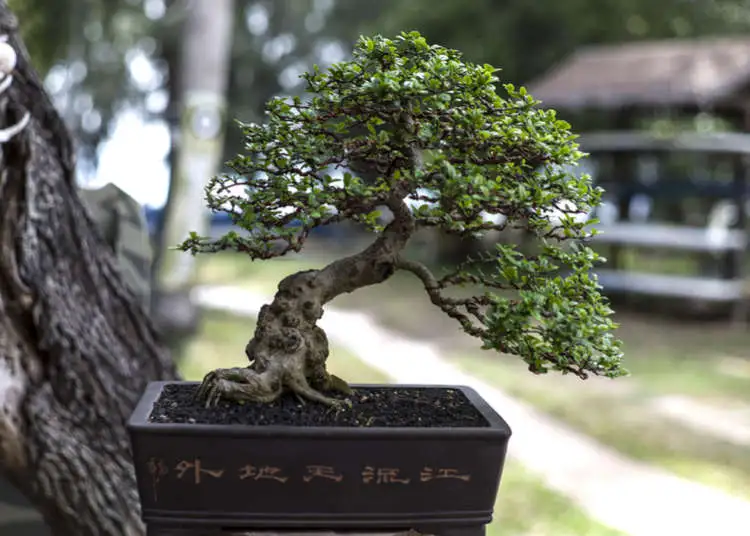
When bonsai came to Japan, it learned a new style. Japanese bonsai trees were smaller and needed careful looking after. People used special tools to shape the branches and roots. This made Japanese bonsai different from the ones in China, like having a different style of clothes.
Pruning Techniques for Bonsai
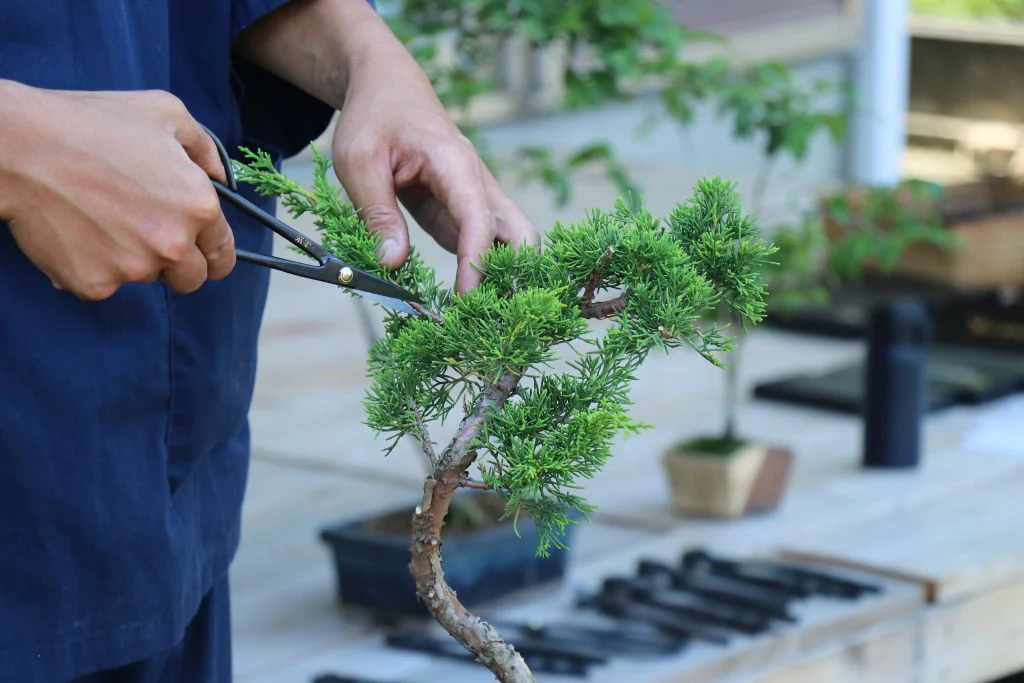
Taking care of a bonsai is a bit like giving it a haircut but with special scissors. This helps the tree keep its nice shape. Skilled caretakers trim away extra growth, like cutting hair that’s gotten too long. This way, each bonsai gets to show off its special look.
Meaning of Bonsai
The word bonsai is like a word that means tree in a pot. But it actually comes from China, where it was called pun-sai or penjing. In Chinese, pun means pot, and jing means a little part of nature. So, bonsai is like having a tiny piece of nature carefully looked after in a pretty pot.
Taoist Influence
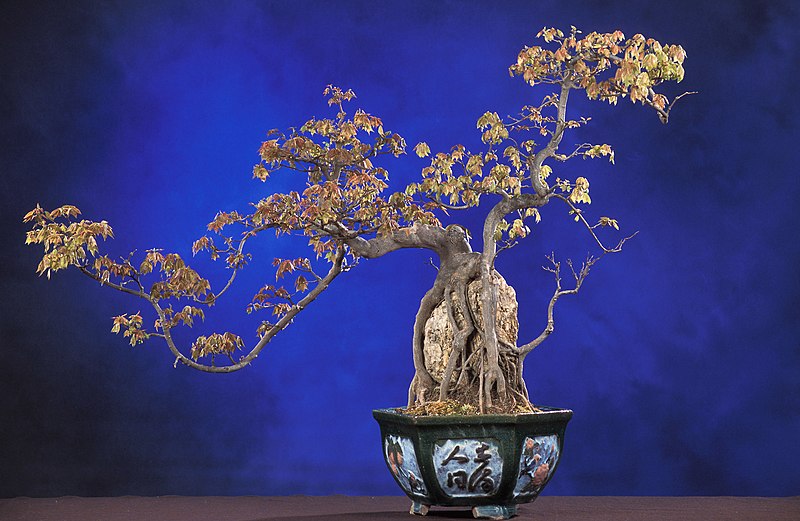
Taoism is an ancient Chinese philosophy. It had an extreme influence on the fabric of bonsai’s genesis. The Taoists held that by crafting mini representations of nature, one could access its energetic forces. This belief gave birth to penjing, the predecessor to the bonsai.
The echoes of Taoist philosophy resound in the deep affection that bonsai fans hold for these tiny trees, Seeing them as pathways to the hidden wonders of nature.
Conclusion
So, bonsai trees are like small creations of nature. They show us how strong and patient nature can be even in a small pot. They remind us to be calm and balanced in life, just like the trees themselves. Bonsai trees teach us about harmony and how everything in nature has its place.
Taking care of a bonsai is a process of hard work and patience. It helps us understand how important it is to be gentle and attentive. So, when you look at a bonsai tree. Do not forget, it’s not just a small plant. It’s a reminder that even in a small space. Life can be beautiful and full of meaning.
Be sure to check out these other posts for more fascinating insights:

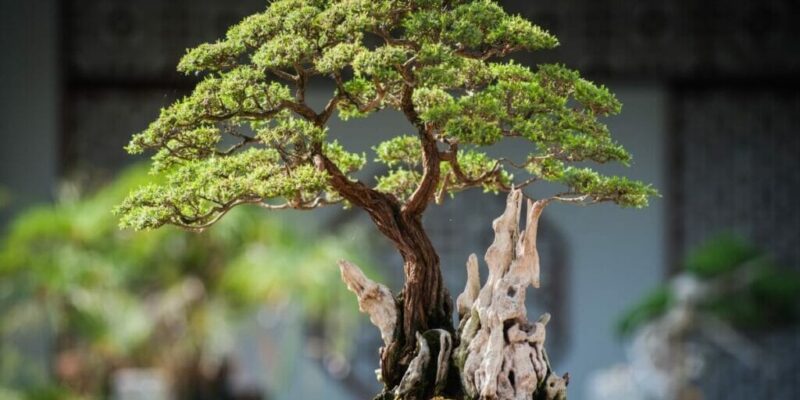
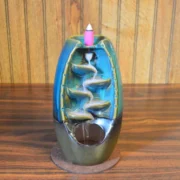
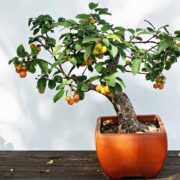
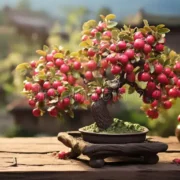
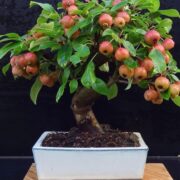
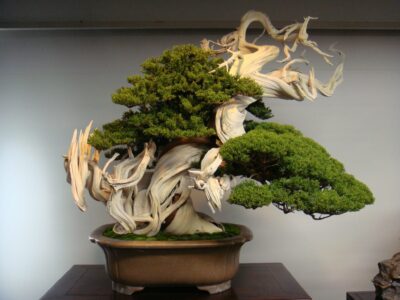
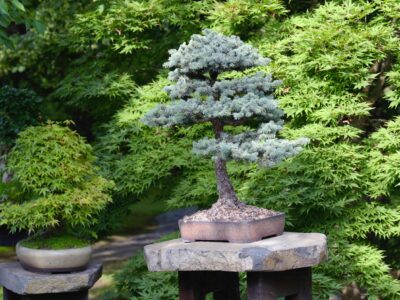
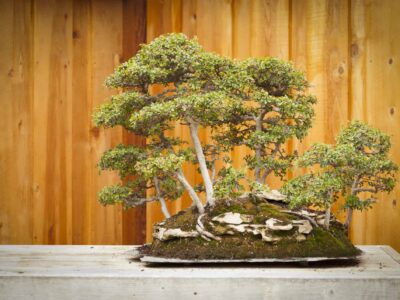
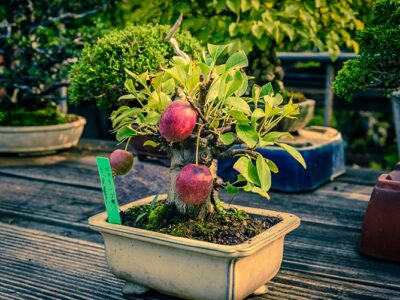




Comments